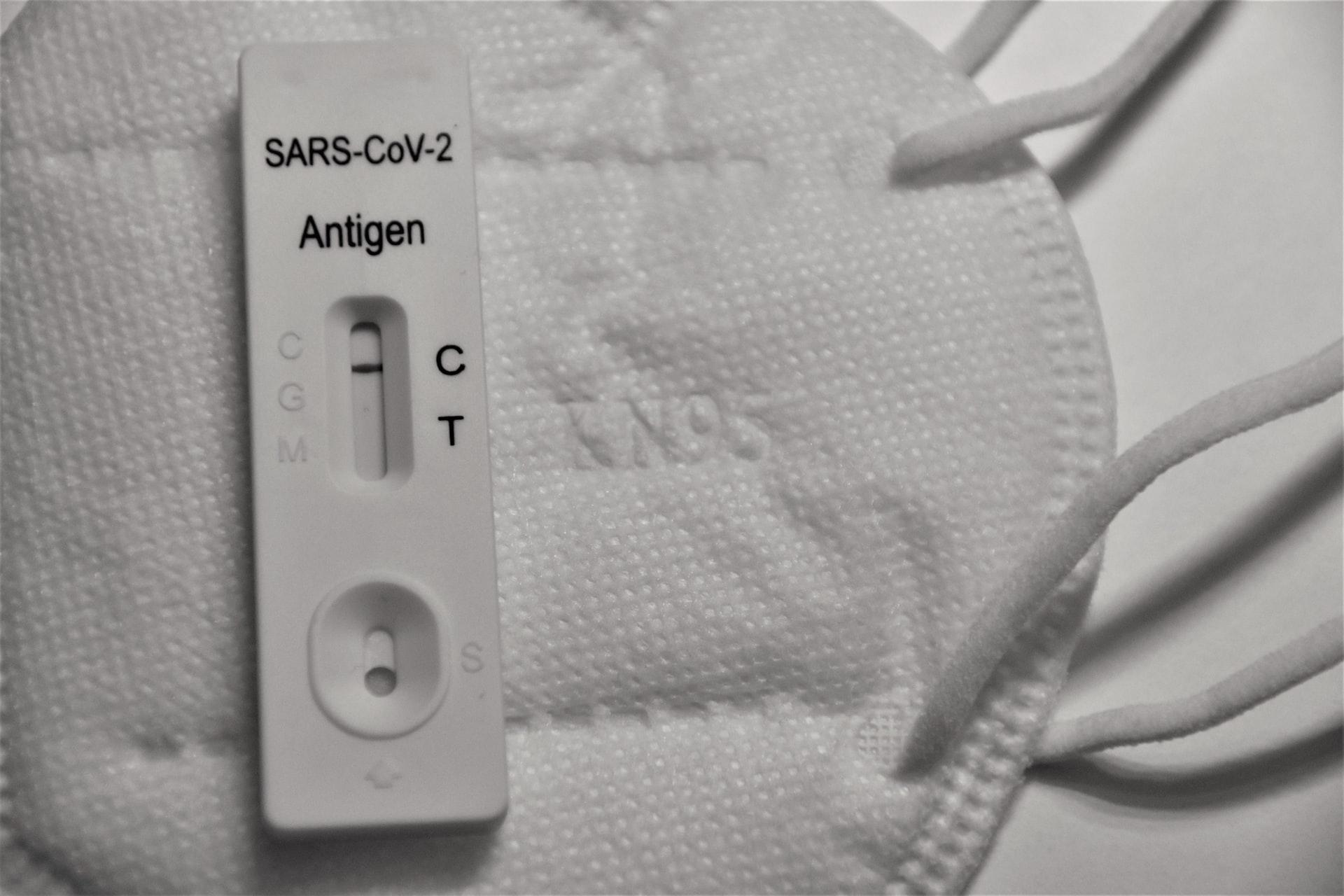What Does a COVID-19 ELISA Test Look Like?
An ELISA test kit is a serology test assay, also known as an antibody test. It offers a supplemental form of diagnosis for the Severe Acute Respiratory Syndrome Coronavirus 2 (SARS-CoV-2), the virus known to cause the Coronavirus Disease of 2019 (COVID-19). This test, along with a nucleic acid test, assists in providing more accurate diagnoses and can even provide epidemiological data on the expanse and ubiquity of the disease.
Furthermore, a serological assay assists researchers in understanding the immune response in patients infected with the disease, which can be especially beneficial in identifying asymptomatic patients who are unaware of a past infection. These tests offer hope for the future to researchers in understanding the immune response to the disease, which can aid them in understanding how to better fight the infection and stop the spread of the disease.
Summary of Methodology, Equipment, and Reagents
Each well is coated in a PBS phosphate buffer with Greiner Bio-One medium binding microplate treated with the 150 ng SARS-CoV-2 N-protein and stored at 4° Celsius overnight.
Then, the following steps are completed at room temperature:
- Each well is washed three times using a Hydro Flex ELISA Washer and a PBS-T (300 µL) phosphate buffer and then blocked with a superblock (200 µL) for 60 minutes.
- Pan-Biotech GmbH (off-the-clot and sterile filtered) human serum is used as a negative control.
- A GenScript Biotech BV anti-SARS-CoV-2 N-protein antibody (1 g/L) is then diluted in the human serum used for the negative control in order to comprise a positive control.
- A sample buffer is then diluted 100-fold and incubated for 45 minutes, along with both controls and the serum samples.
- Wells are then washed again before adding an anti-Human IgG-HRP conjugate solution (100 µL, 1:30,000 in Stabilzyme Select).
- After waiting for 30 minutes, wells are again washed three times, and a Seramun Diagnostika GmbH TMB substrate (100 µL) is added.
- Reaction is stopped after 10 minutes by adding sulfuric acid (0.3 mol/L; 100 µL) and then recording the absorbance at 450 nm.
Additional Oversight Steps for Confirmation of Test Results
- A commercially sold anti-SARS-CoV-2 ELISA kit (which is a SARS-CoV-2 N-protein-based ELISA) is also used to test the serum samples.
- In order to test for potential interference, known interfering substances such as triglycerides (up to 15 g/L), bilirubin (up to 0.3 g/L), and hemoglobin (up to 20 g/L) can be added to the positive control sample and diluted 128-fold with plasma.
ELISA test kits are a continuing factor in the fight against the COVID-19 pandemic. Precise serological testing is important to comprehend the human immune response, as well as to detect prior infections. This is especially crucial for people who cannot be vaccinated, such as children aged 12 or younger and adults who are unvaccinated. The tests can eventually help control infections and help progress towards global herd immunity.
Sources:
https://www.sciencedirect.com/science/article/pii/S0272638620307861
https://virologyj.biomedcentral.com/articles/10.1186/s12985-022-01768-4
https://www.medicaldevice-network.com/news/reagene-covid-19-tests/
https://www.sciencedirect.com/science/article/pii/S0039914020308250
https://www.nature.com/articles/s41590-020-0773-7

